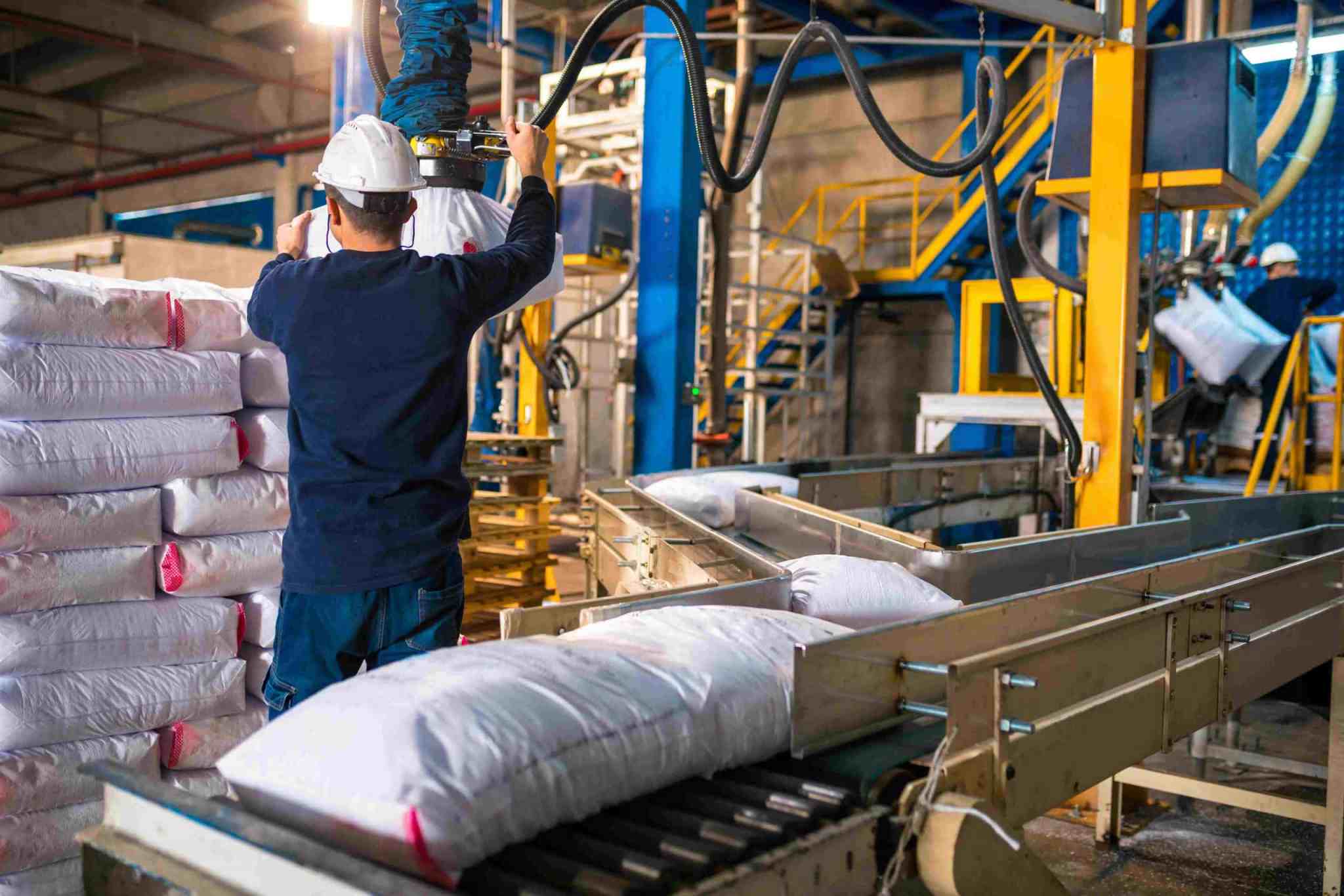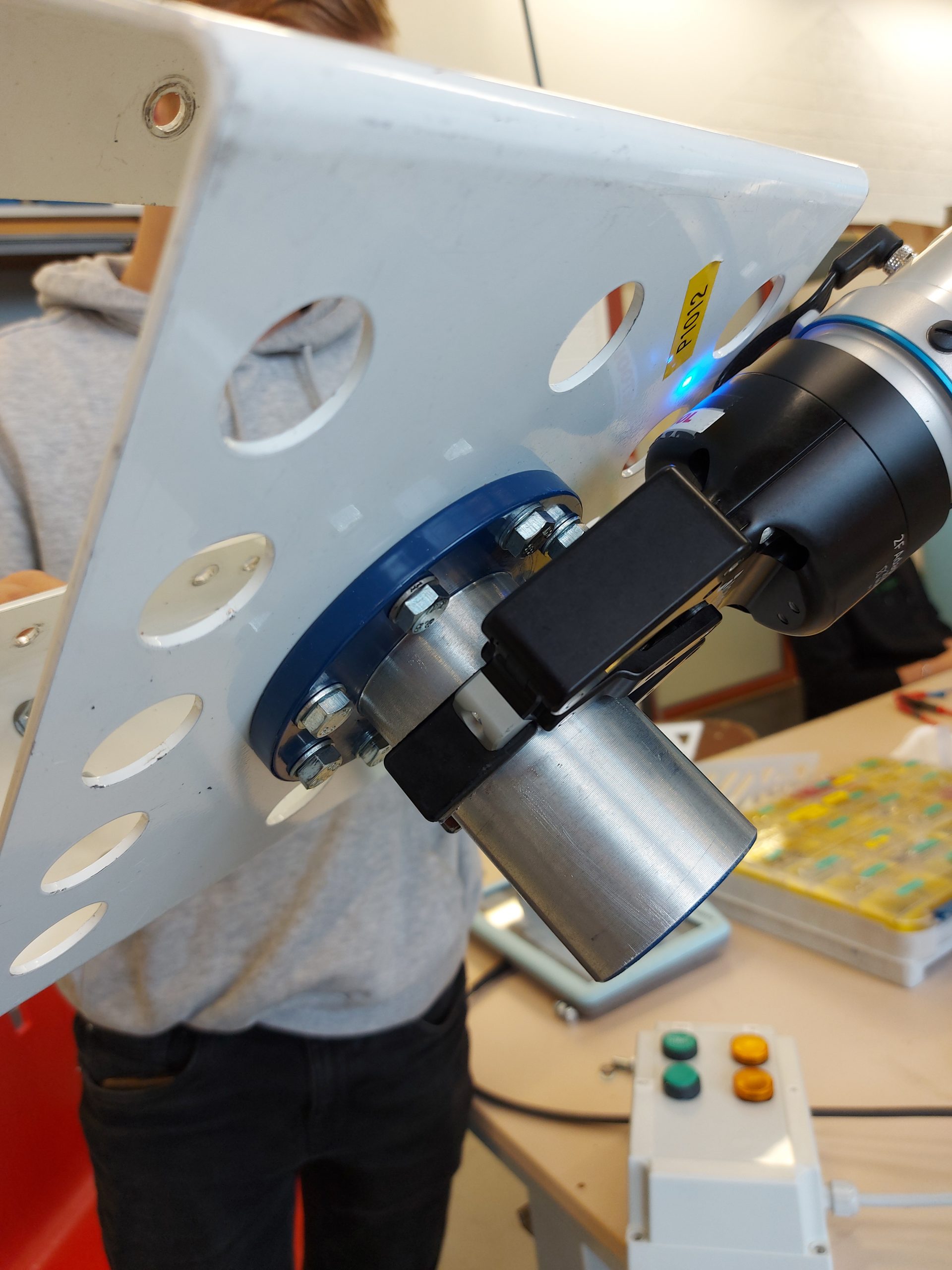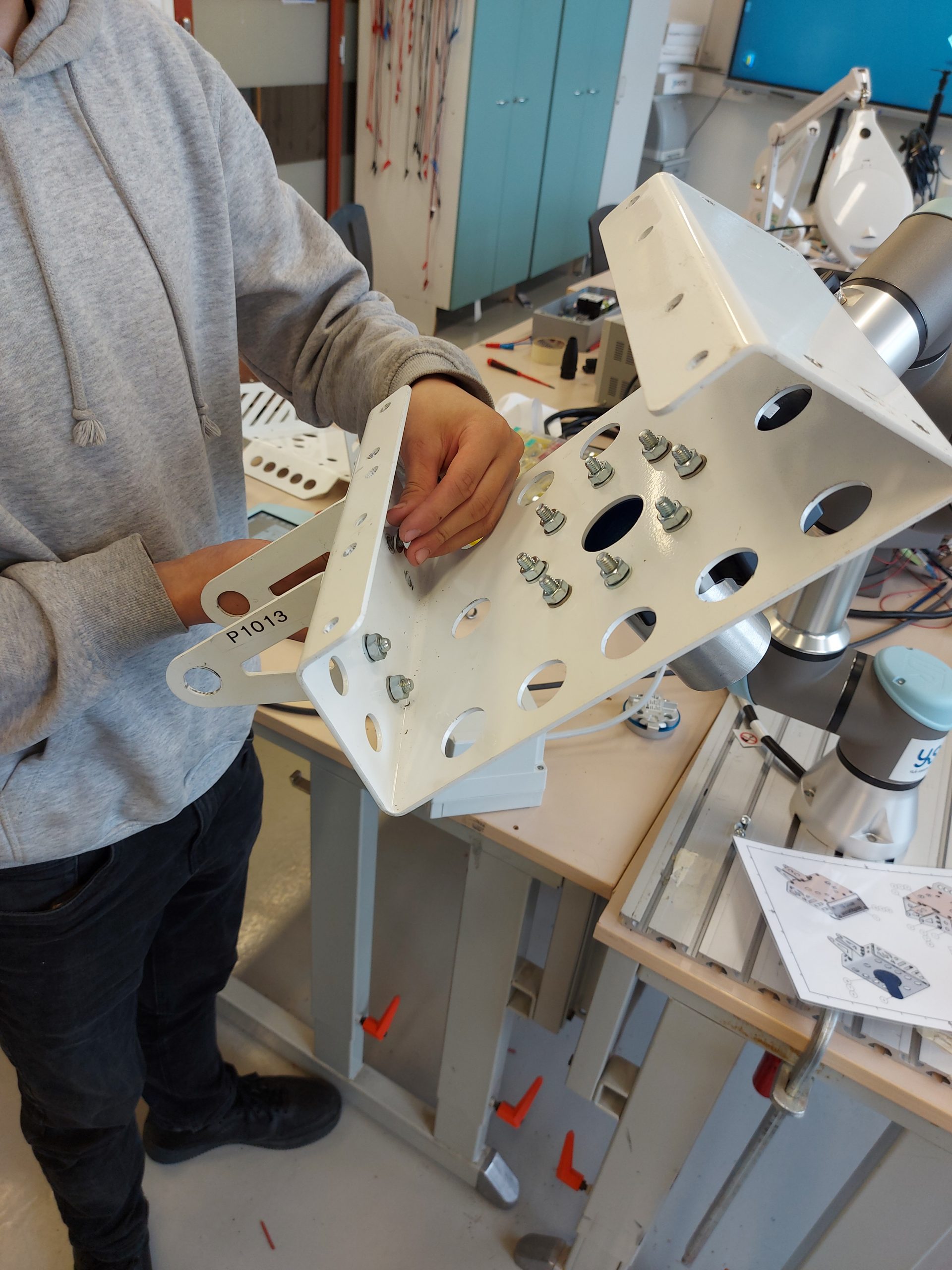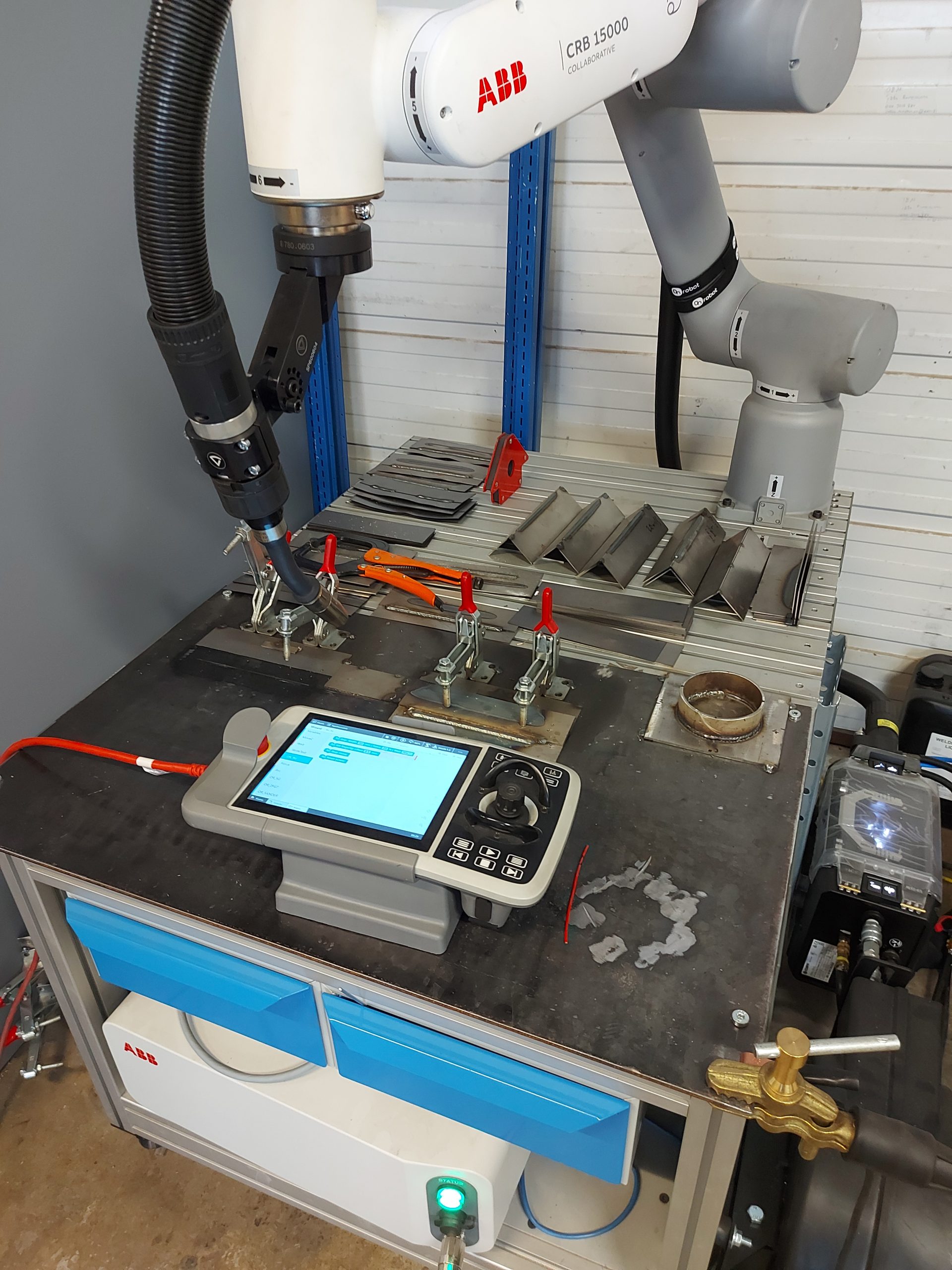Cobots and Ergonomics
Learning output:
Cobots:
Understanding Cobots: Describe the concept of cobots and differentiate them from traditional industrial robots.
Safety Features: Explain the safety features that allow cobots to work collaboratively with humans.
Benefits of Cobots: Identify the advantages of using cobots in industries such as manufacturing, healthcare, and logistics.
Programming and Control: Discuss the ease of programming cobots and their adaptability to changing tasks.
Applications: Provide examples of tasks that cobots can perform, including assembly, pick-and-place, and quality inspection.
Ergonomics:
Ergonomic Principles: Define ergonomics and its importance in designing work environments that maximize human comfort and productivity.
Human Factors: Explain how ergonomic design considers factors such as posture, reach, and physical stressors on the human body.
Workspace Design: Describe the role of ergonomic principles in optimizing workspace layouts for cobot-human collaboration.
User Interface Design: Discuss the significance of user-friendly interfaces in cobot programming and control systems.
Musculoskeletal Health: Define musculoskeletal disorders and explain how ergonomic practices can reduce the risk of such health issues.
Training and Education: Highlight the importance of training workers on ergonomic practices and safe interaction with cobots.
Cobots and Ergonomics Integration:
Collaborative Workspace: Describe the considerations for creating a workspace that promotes safe and efficient collaboration between cobots and humans.
Task Allocation: Explain how ergonomic principles guide the allocation of tasks between cobots and human workers.
Safety Protocols: Discuss the protocols and measures in place to ensure human safety in cobot-operated environments.
Efficiency and Well-being: Analyze how integrating cobots and ergonomic practices can lead to increased efficiency and improved well-being for workers.
Cost-Effectiveness: Evaluate the cost-effectiveness of integrating cobots and ergonomic principles in various industries.
Real-world Application:
Case Studies: Analyze real-world case studies where companies have successfully integrated cobots while considering ergonomic principles.
Implementation Challenges: Discuss potential challenges and solutions when implementing cobots and ergonomic practices in different industries.
Future Trends: Predict future trends in cobot technology and how they might further enhance ergonomic considerations in the workplace.
By mastering these learning outcomes, individuals can develop a comprehensive understanding of how cobots and ergonomic principles intersect, leading to safer and more efficient collaborative work environments.
Theory about cobots and ergonomics
Cobots (Collaborative Robots): Cobots, short for collaborative robots, are robotic systems designed to work alongside humans in a shared workspace. Unlike traditional industrial robots that are often isolated in safety cages, cobots are designed to collaborate directly with human workers, performing tasks in close proximity without posing significant safety risks. Cobots are equipped with sensors, cameras, and other technologies that allow them to detect and respond to the presence of humans, ensuring safe and efficient cooperation.
Key Features of Cobots:
Safety Measures: Cobots are equipped with various safety features, such as force sensors, collision detection, and speed reduction, that enable them to immediately halt or slow down their movements when they come into contact with a human worker.
Ease of Programming: Cobots are designed to be easily programmable, often using intuitive interfaces that don’t require advanced coding skills. This allows human operators to quickly teach cobots new tasks and adjust their behavior as needed.
Versatility: Cobots are capable of performing a wide range of tasks, including assembly, pick-and-place, quality inspection, packaging, and more. Their versatility makes them suitable for various industries, from manufacturing and logistics to healthcare and research.
Cost-Effectiveness: Compared to traditional industrial robots, cobots are generally more cost-effective and easier to integrate into existing workflows. They have a relatively shorter setup time and can adapt to changes in production requirements.
Ergonomics:
Ergonomics is the science of designing work environments, tools, tasks, and systems to ensure they fit the capabilities and limitations of the people who use them. The goal of ergonomics is to optimize human performance, well-being, and overall productivity while minimizing the risk of injuries and strains caused by repetitive tasks, awkward postures, and other physical stressors.
Ergonomics in the Context of Cobots:
When integrating cobots into a work environment, considering ergonomic principles is crucial to ensure the well-being of human workers and maximize the efficiency of collaborative operations. Here are some ways ergonomics plays a role in cobot integration:
Task Design: Cobots should be assigned tasks that complement human abilities. For example, repetitive and physically strenuous tasks can be offloaded to cobots, reducing the risk of musculoskeletal disorders in human workers.
Workspace Layout: The layout of the workspace should facilitate comfortable interactions between cobots and humans. This includes optimizing reach distances, positioning tools and materials at appropriate heights, and ensuring adequate space for both human and cobot movements.
User Interface: The interface for programming and controlling cobots should be designed with ergonomic considerations in mind. It should be intuitive, user-friendly, and not cause unnecessary cognitive or physical strain for operators.
Collaborative Zones: Clearly defining collaborative zones where cobots and humans interact can help prevent accidental collisions and promote safe cooperation. Physical barriers or visual indicators can be used to delineate these zones.
Training and Education: Providing training to human workers on how to effectively collaborate with cobots and maintain ergonomic practices is essential. This includes understanding when and how to interact with cobots safely and efficiently.
In summary, cobots offer the potential to enhance productivity and reduce physical strain for human workers, especially when integrated with proper ergonomic considerations. By aligning cobot capabilities with ergonomic principles, organizations can create safer, more efficient, and more comfortable working environments for their employees.
Case: Cobotlift

Cobotlift provides solutions where cobots and cranes work together. This means that the operator does not have to work in difficult positions, and the operator spends less time and effort working. Please find ergonomical solutions from Cobotlift webpages by using following link.
Case: Ysao


At Ysao, cobots are used as assembly fixtures when students are assembling a mini-excavator for an exercise. A program is written for the cobot that rotates the part to be attached in stages so that assembly is easy and ergonomic in each stage of the work. The workpiece is attached to the cobot with a gripper, but a suitable attachment part can be produced for the attachment, even by 3D printing.
Case: Iisalmen sähkö- ja automaatiosuunnittelu Oy
Iisalmen sähkö- ja automaatiosuunnittelu Oy uses a collaborative robot for welding. The purpose is to weld pieces with the cobot in variable small batch production. The cobot is quick and easy to program for a new piece, which makes it cost-effective to use. The cobot acts as an assistant to the welder, welding the product with high quality after the bridge welding. This improves the welder’s ergonomics and work productivity, as strenuous operations can be automated with the cobot. As it is a collaborative robot, there is no need for a safety fence around the welding cell.

